
Judging by the forecasts, graphic design trends in 2024 will not change dramatically: some of the current trends will remain, some will transform into new forms and styles. Parametric patterns will probably encourage you to look for the best laptops for artists with higher performance; psychedelic will be added to the current surrealism, and the style of risography and monochrome will complement the current trend for retro aesthetics, gold will change to glass and crystals, and holographic design will intensify along with gradients. And for those who do not like rules and standards, anti-design is also among the promising ones.
By the way, we advise you to look in advance for the best laptops for artists here – qualified.one. This article has collected the most interesting trends in graphic design that experts predict for the this year.
Color Trends
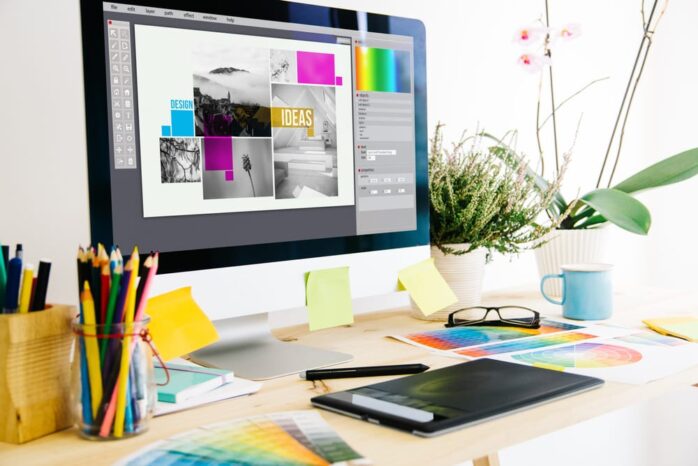
Calm palette
For the second year, calm and natural shades prevail in color trends. They are associated with natural energy and a calming effect. From a practical standpoint, muted colors work well with text, both light and dark. Due to this, they can be used as a background.
If we talk about specific colors, earthy shades prevailed this year. According to forecasts for 2024, the eco-themed trend will continue, but the palette will shift closer to green.
Gradients
In 2024, along with flat colors, gradients will be attractive. Tightly intertwined with other trends – psychedelic design, glassmorphism and holography – gradients will add depth and texture to the image.
Trends in typography
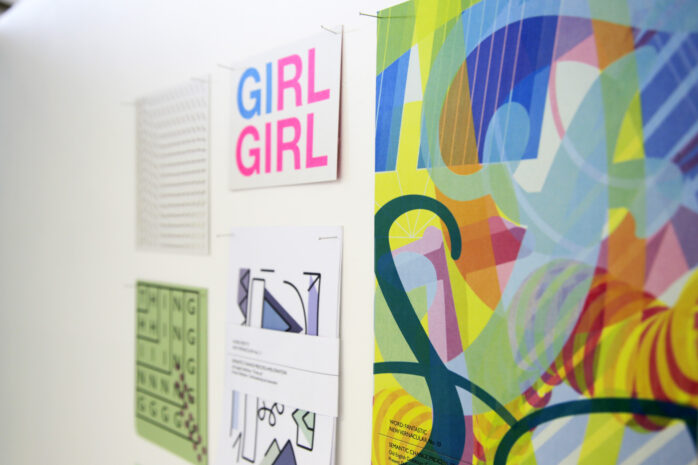
Thick but simple fonts
Bold has become commonly used by designers to create contrast and hierarchy in text boxes. The heavy weight is visually combined with a simple background and lighter fonts.
Serif fonts
Authentic serif fonts have special details on the edges of the letters. This type of typography evokes a sense of nostalgia and exudes an old-fashioned elegance.
2D/3D mashups and CG graphics
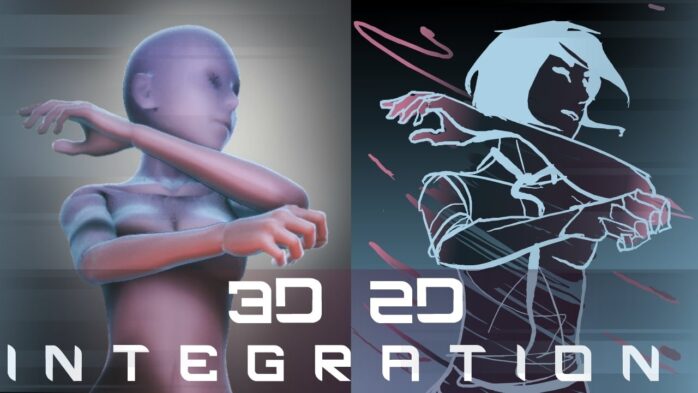
The pandemic has almost paralyzed the work of productions, it has become more difficult to create creative video content. Therefore, over the past year, brands have been forced to use animation and motion graphics more. This option offers limitless possibilities and tools for realizing the most daring ideas. From hyper-realistic 3D images that blur the line between digital and physical, to creative mashups with 2D and 3D elements.
Parametric patterns
Parametric design consists of complex geometric shapes, sinuous lines and shapes flowing into each other. In fact, the style is based on graphs of mathematical equations. Smooth 3D patterns give a sense of futurism and technology, and also create an image of lightness and movement of the picture.
The constant change of eras has led to new technological advances. Over the years, digital media and technology have reached a whole new level.
Processor
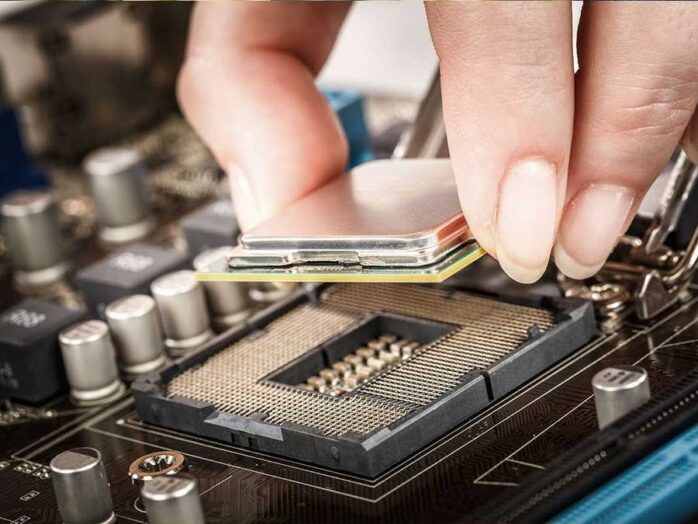
Intel processors have proven themselves in the field of computer graphics much better than AMD, so I recommend to pay attention to the Intel i line, installed in all Apple laptops. A graphic designer will be fine with any processor in this series, but if you’re working with something more resource-intensive, like 3D modeling or motion graphics, look closely at the features of each processor offered. Note that the i3 and i7 may have the same number of cores and roughly the same frequency, but differ in performance and power efficiency. The letter index of processors indicates similar hidden features: the letter X means a higher frequency and maximum performance, Q – the presence of four cores, etc. And also the performance is very much influenced by the generation of the processor. The younger it is, the higher its performance. The first digit of the digital index is always responsible for the generation. The higher the frequency of the processor, the faster it will cope with resource-intensive tasks, such as rendering video or three-dimensional scenes.
Laptop display for the artist – it’s important
Color is a fundamental element of digital graphics. Therefore, a laptop for a designer must display colors correctly. The most common liquid crystal displays are with TN+film technology, and they are also the cheapest. Unfortunately, displays with TN+film matrix provide worse color reproduction, which is unacceptable for design purposes. VA technology (MVA, SVA), unlike the previous one, provides good contrast and deep colors, but the disadvantage will be the dependence of the color balance on the viewing angle. The best matrix for design is IPS – the only one that provides full color reproduction regardless of the viewing angle. And although it costs more, the quality fully justifies the cost.
Hard drive
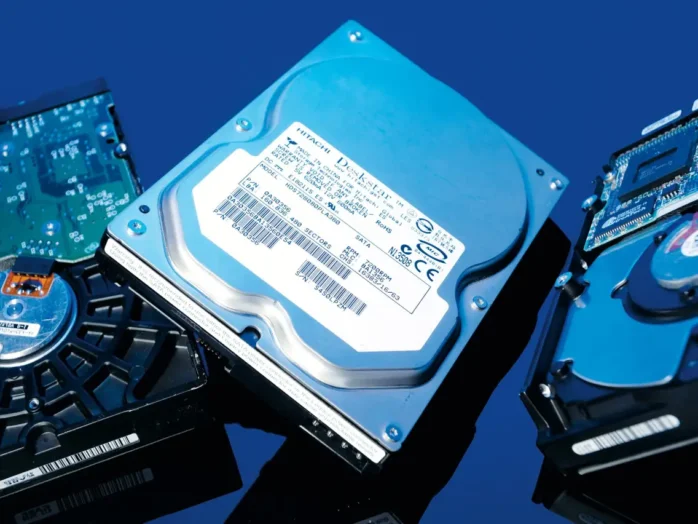
Graphic files in uncompressed form take up a lot of space, so a laptop for a designer should be equipped with a drive for 500 GB or more. There are two types of drives: hard disk drive (HDD) and solid state drive (SSD). SSDs are a recent replacement for hard drives, but they are in all Apple laptops and are quickly making their way into newer models from other manufacturers. They offer high speed and reliability, but cost several times more than hard drives. In general, the type of drive is not the number one priority and does not affect the performance of the designer. However, with an SSD drive, the laptop will turn on many times faster, and just as quickly programs will start and files will be copied. If time is important to you, SSD is your choice. Read more about the difference between an SSD and an HDD. The most ideal choice might be a laptop that has both types of drives installed. One will provide high speed programs and the other will be inexpensive storage for a huge amount of information.
Is a video card in a laptop important for an artist?
In most cases, a mid-range video card in a laptop is enough for a designer. But it is almost obligatory that it should be a discrete video card, not a video card built into the processor. The difference between the two is that the discrete video card has its own video memory, while the integrated video card uses memory from the laptop’s RAM. In general, if you have a discrete graphics card, you thereby relieve a little bit of both RAM (which is always scarce) and the processor. If you work with motion design or 3D graphics, you need a very powerful graphics card. Better yet, one of the most powerful. Trust me, you’ll be much more comfortable to work with. Think GeForce GTX 1050 or better. Ideally, of course, you want a professional graphics card from NVIDIA from the QUADRO line. They are very expensive, but also very productive in terms of graphics processing, rendering and so on. But they don’t work very well in games. So, if you want to play and work, you better get something like GTX 1650 or GTX 1080. And if you don’t play games, QUADRO graphics cards can speed up graphics processing and rendering by 3-4 times.











